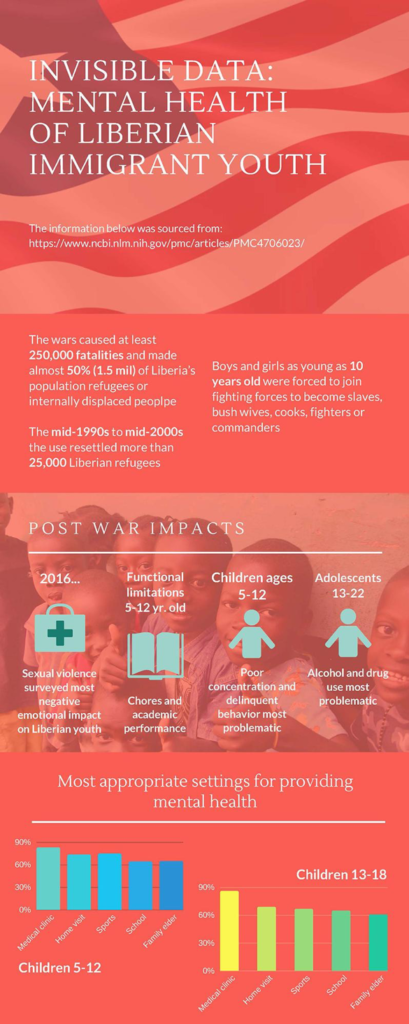“Your Work is Inspiring!” This is the title of the email I sent to Bernadette Ludwig on December 20th, 2016. It was a “cold call” email. I did not know Bernadette but knew about her research and teaching through some internet sleuthing.

I look back at the date of this email in the winter of 2016. It was a particularly challenging time of travel bans and policy changes for some of the most vulnerable populations in our communities–immigrants and refugees. When I saw an opportunity to apply for an Innovations in Education Fund through the Provost’s Office at The New School, I immediately thought of developing an opportunity for our New School students to connect and mentor immigrant youth as part of a service-learning experience. As Director of Pre-College Programs at Parsons I had seen the benefits of peer-to-peer mentoring and was eager to bring this to my undergraduate teaching. I was excited to see that at The New School we have faculty like Bernadette who are actively involved in initiatives like the one I was envisioning. I didn’t have to reinvent the wheel but could easily plug into the work she was already doing–the perfect kind of collaboration.

Luckily, the “cold call” worked. Fast-forward to the winter of 2017 and we’ve just successfully completed our first Mentoring Through Making class with a cohort of New School students. Our enrolled students rose to the challenge of participating in a new kind of class–part seminar, part studio, part volunteering. “Mentoring through Making: Designing with Refugee and Immigrant Youth” is a collaborative seminar and studio through which New School students use critical thinking and reflective practice to develop mentoring skills and engage with an immigrant/refugee-serving organization. Through readings and in-class discussions students are introduced to concepts related to forced migration with a focus on the experiences of refugee children. Design prompts and studio assignments are integrated into the seminar for students to experiment with documentary strategies including reflective writing, video, sound, photography and drawing. Youth mentoring techniques are modeled in class through discussions and studio activities to prepare students for the service learning component of the course.

The class was made up of Parsons and Lang students which presented some interesting creative challenges when it came to the studio-based assignments. There were varying levels of prior experience with Photoshop, Illustrator and Premiere. We turned this into an opportunity for peer-to-peer mentoring to take place among our students. It was a moment for me when I could see the content we were teaching being directly applied within the studio. As a faculty member teaching primarily in the first year at Parsons I rarely get the opportunity to work with Lang students. This class was a welcome departure from my normal teaching portfolio, and one that has me eager to continue multidisciplinary partnerships in the classroom. It only makes us better teachers and our students more inquisitive learners.
How did we end up collaborating with MASA?
Bernadette Ludwig had heard first about MASA from Rob Smith, one of MASA’s co-founder, who was one of her professors at The Graduate Center, The City University of New York (CUNY). But perhaps more importantly, another student in her cohort, Stephen Ruszczyk not only had worked with MASA in grad school but also collaborated with them while he was teaching at City College, CUNY. When Bernadette Ludwig was looking to expand the service learning opportunities for another class (Refugee Youth Experiences) she teaches at the New School, she contacted Stephen to get her connected. Long story short, as the project with me came about, we approached MASA to see if they were interested to continue to collaborate with New School students, and they were. While we initially had hoped that our New School students could facilitate mini workshop on photography for MASA’s students, that did not work out because it was too much of a logistical burden for our community partnering. Being mindful of their needs, we decided to have our students “only” tutor the children at MASA. However, we are hopeful that in the next iteration of this class, that we can build in some workshops for the Mexican immigrant children at MASA.

